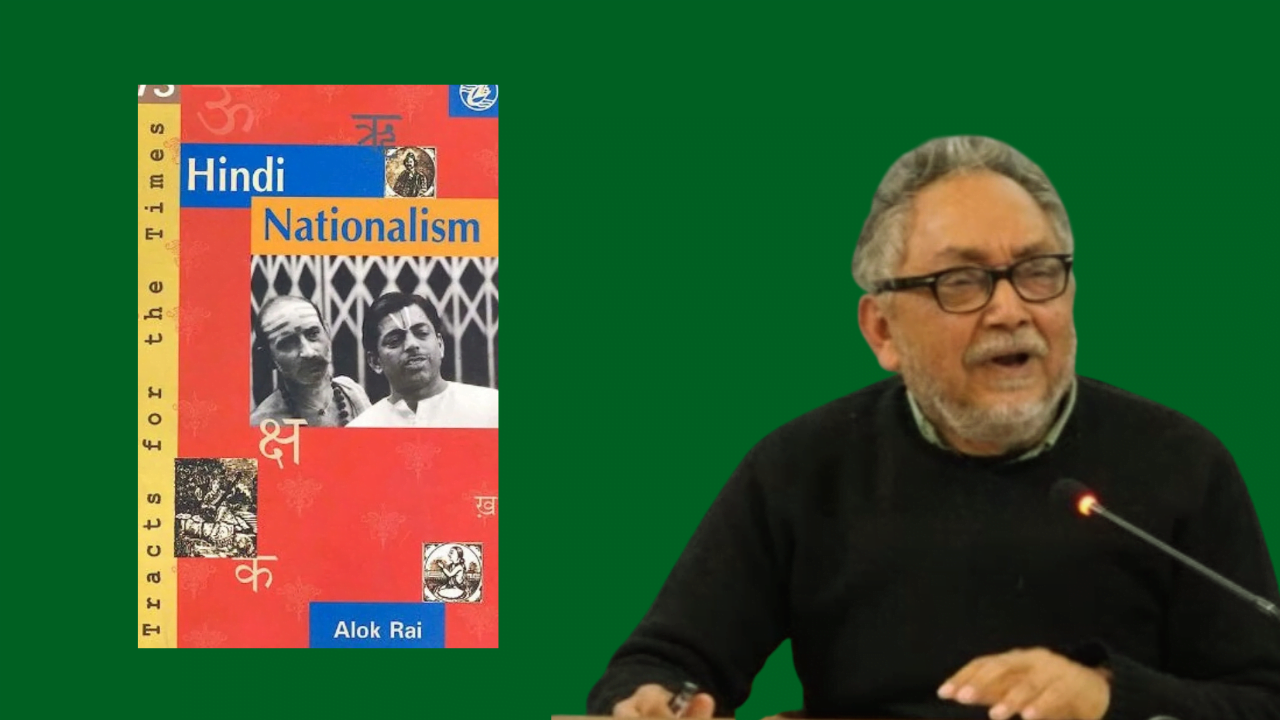The question of Hindi’s dominance has been a subject of ongoing debate since before India gained its independence. While Hindi boasts the largest number of native speakers in India, they are primarily concentrated in the politically influential states of the Hindi belt in the northern region. Historically, Hindi has had minimal presence in southern states like Tamil Nadu, where Tamil is spoken, as well as in Kerala, where Malayalam is spoken, and in eastern states like West Bengal, which is home to 78 million Bengali speakers. Previous attempts to establish Hindi as the sole prominent language were met with strong opposition, particularly from the southern states.
In the 1960s, when the government announced its intention to make Hindi the only “official language” and phase out English, Tamil Nadu witnessed a violent uprising. Tragically, numerous individuals self-immolated, and the subsequent crackdown on the protests resulted in several casualties. Consequently, the government reversed its decision. Presently, Tamil and English are the languages taught in state schools in Tamil Nadu.
In the 1960s, when the government announced its intention to make Hindi the only “official language” and phase out English, Tamil Nadu witnessed a violent uprising. Tragically, numerous individuals self-immolated, and the subsequent crackdown on the protests resulted in several casualties. Consequently, the government reversed its decision. Presently, Tamil and English are the languages taught in state schools in Tamil Nadu.
However, following the election of the BJP government in 2014, which has advocated for Hindu nationalism, there has been a renewed focus on promoting Hindi. This resurgence has led to accusations of the government imposing cultural hegemony on states where Hindi is not widely spoken.
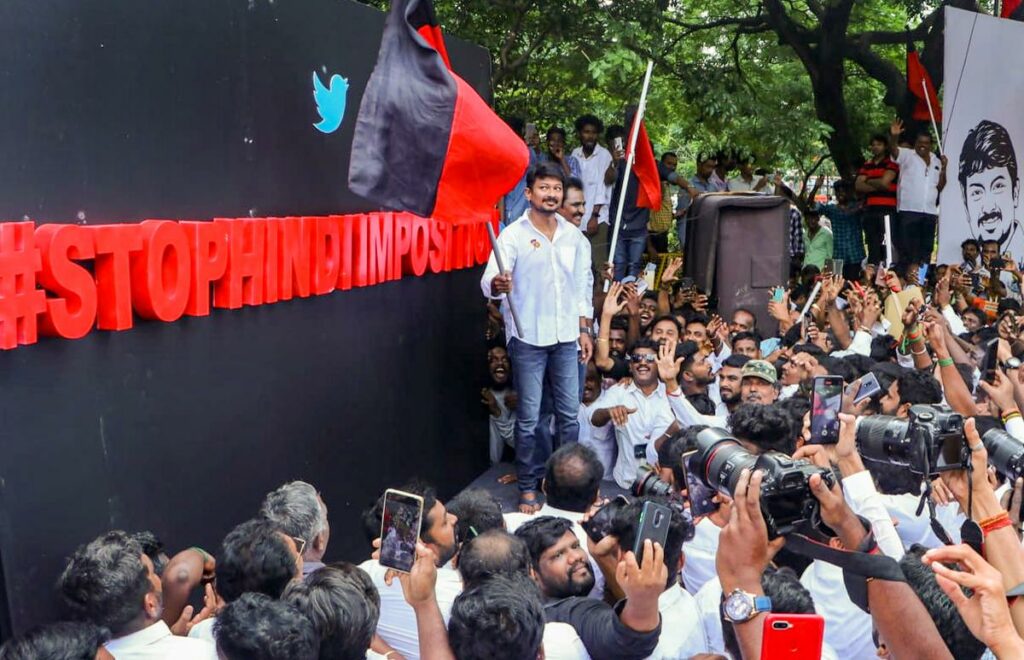
In the context of the ongoing debate on the politics of language in India and the dominance of Hindi, Alok Rai’s Hindi Nationalism traces the tragic metamorphosis of Hindi over the last century, from a creative, dynamic, popular language to a dead, Sanskritised, de-Persianised language manufactured by a self-serving upper-caste North Indian elite, nurturing hegemonic ambitions.
Rai intriguingly highlights that during the early stages of the 19th century, the competition between Hindi and Urdu was not solely driven by fervour. Within this emerging linguistic conflict, there existed a legitimate struggle to replace the Persian script, employed by the former Mughal rulers and comprehended by only a minority of both Muslims and Hindus. The aim was to establish the more widely used Nagari (Devanagari) as the language of administration and courts in the northern provinces of India.
Alok Rai belongs to Allahabad and is a retired Professor of English. He holds research degrees from the University of Oxford and London and is well-known as a critic and a writer on contemporary cultural matters. Rai ventures back in time to an era preceding the carefully orchestrated discourse between Hindi and Urdu, when these two languages hadn’t yet acquired distinct identities and were virtually indistinguishable as the prevailing spoken language in the northern regions of India. Hindi and Urdu, born out of a rich amalgamation of cultures, local and foreign influences, as well as the creative contributions of ordinary individuals, were essentially two designations for the same linguistic entity.
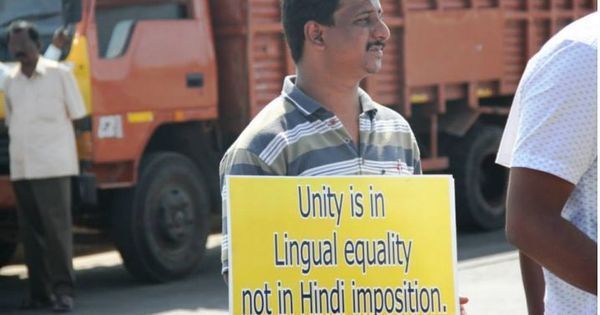
Rai intriguingly highlights that during the early stages of the 19th century, the competition between Hindi and Urdu was not solely driven by fervour. Within this emerging linguistic conflict, there existed a legitimate struggle to replace the Persian script, employed by the former Mughal rulers and comprehended by only a minority of both Muslims and Hindus. The aim was to establish the more widely used Nagari (Devanagari) as the language of administration and courts in the northern provinces of India.
Over time, this endeavour to supplant Persian and create employment opportunities for those well-versed in Nagari merged with the resentment of the Hindu savarna castes towards the political and economic dominance of the Awadh Muslim elite. The origins of the contemporary Hindu-Muslim divide, skillfully manipulated by colonial administrators and perpetuated by successive Indian governments, thus became deeply intertwined with the language controversy and eventually permeated everyday discourse.
Rai’s work is divided into three main sections, each focusing on a different aspect of the language struggle in colonial India. The first section delves into the impact of the British education system on language divisions. Rai highlights the role of the school for British administrators at Calcutta’s Fort William in fostering divisiveness among languages. By promoting English education and providing limited support for regional languages, the British administration inadvertently deepened the fault lines between linguistic communities. Rai provides a comprehensive account of this process, emphasising the consequences it had on the growth of Hindi nationalism.
Rai critically examines the power dynamics and cultural prejudices that underpinned this struggle, shedding light on the arrogant reactions of the elites towards the “boorish” Nagari users. Through meticulous research and analysis, Rai effectively portrays the contestation surrounding script choice as a key battleground in the broader Hindi nationalist movement.
In the second section, Rai explores the struggle for the adoption of the Nagari script within the courts of Avadh. This section is a significant contribution to the book as it unravels the complexities of script selection and the resistance faced by the Nagari-using classes from the Persian-reading Kayastha and Muslim administrative elites. Rai critically examines the power dynamics and cultural prejudices that underpinned this struggle, shedding light on the arrogant reactions of the elites towards the “boorish” Nagari users. Through meticulous research and analysis, Rai effectively portrays the contestation surrounding script choice as a key battleground in the broader Hindi nationalist movement.
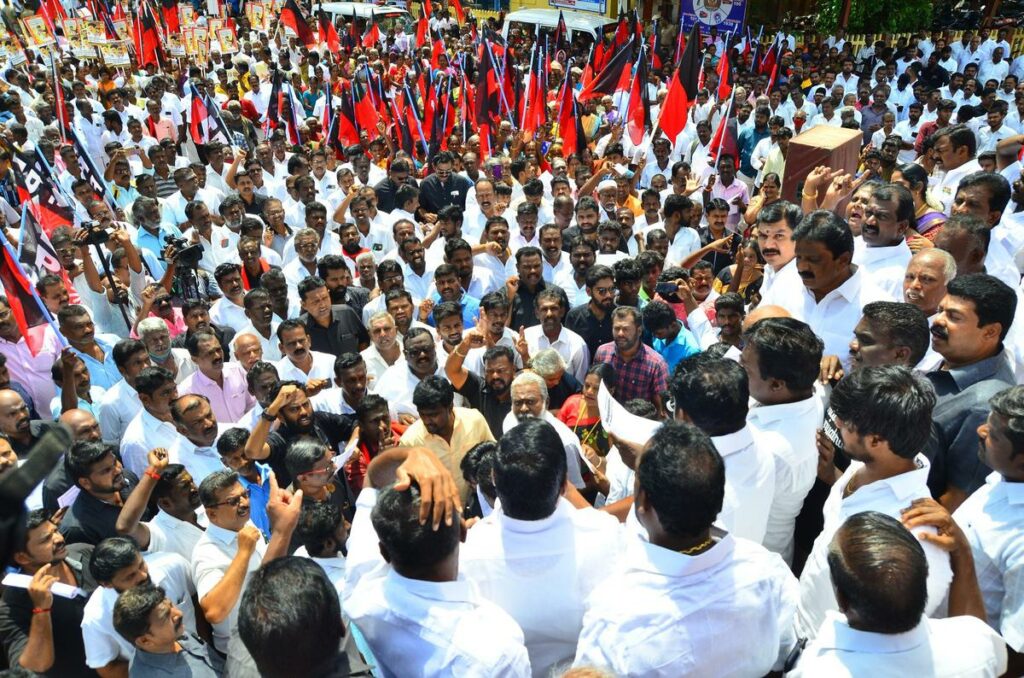
The final section of the book delves into the post-partition era and the efforts of the Nagari Pracharan Sabha in Tamil Nadu. Rai skillfully narrates the persistence of Hindi nationalism beyond the borders of North India, underscoring its nationalistic and unifying aspirations. By exploring the challenges faced by the Nagari Pracharan Sabha in promoting Hindi in Tamil Nadu, Rai offers valuable insights into the regional variations and complexities of the Hindi nationalist project. This section serves as a reminder that the struggle for language dominance was not limited to pre-independence India but extended well into the post-colonial era.
The author presents a nuanced exploration of the impact of Hindi nationalism on the marginalised linguistic communities in India. Rai sheds light on the tensions between Hindi and regional languages, focusing on the struggles faced by non-Hindi speakers in asserting their linguistic and cultural rights. He examines the dichotomy between Hindi as a unifying force and a potential threat to linguistic diversity, encouraging readers to critically evaluate the implications of privileging one language over others.
One of the consequences of this marginalisation was the neglect and underrepresentation of non-Hindi literature and cultural productions. Hindi nationalism often created a hegemonic literary canon that favoured works in Hindi while dismissing the richness and diversity of regional literature. This exclusionary approach perpetuated a hierarchical structure, reinforcing the dominance of Hindi and contributing to the erasure of non-Hindi voices.
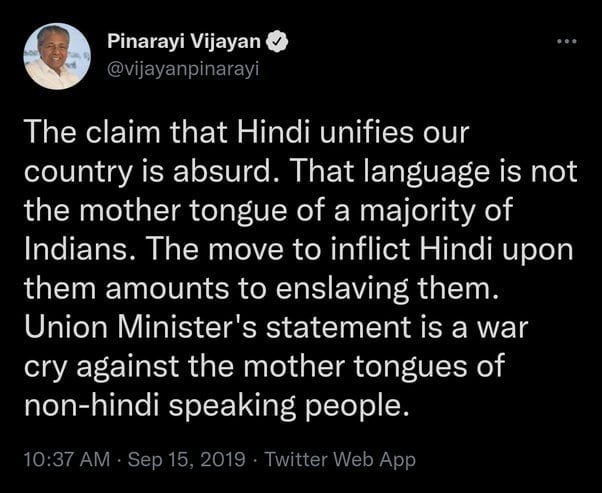
Furthermore, the imposition of Hindi as the sole language of communication in certain regions has led to the exclusion and alienation of non-Hindi speakers. This has had a particularly detrimental impact on marginalised communities, such as tribal populations and Dalits. Their languages and cultural expressions have been further marginalised, denying them agency and perpetuating social inequalities.
Moreover, Rai’s engagement with primary sources, including archival materials and contemporary accounts, adds depth and credibility to his arguments. The book presents a rich tapestry of historical evidence, allowing readers to develop a comprehensive understanding of the language struggles in colonial India.
One of the strengths of Rai’s work is his ability to contextualise language divisions within the broader colonial framework. By exploring the impact of British education policies and the patronage of certain script systems, Rai unveils the complex interplay between colonial power and linguistic identities. This approach enhances our understanding of the multifaceted nature of language politics during this period.
Moreover, Rai’s engagement with primary sources, including archival materials and contemporary accounts, adds depth and credibility to his arguments. The book presents a rich tapestry of historical evidence, allowing readers to develop a comprehensive understanding of the language struggles in colonial India.
Rai’s work serves as a reminder of the historical struggles against linguistic chauvinism. It emphasises the significance of preserving linguistic pluralism and the right of individuals and communities to maintain their native languages and cultural identities. In a time when the BJP’s language policies may inadvertently marginalise non-Hindi speaking communities, Hindi Nationalism offers valuable insights into the potential consequences of such an approach.
The book Hindi Nationalism makes a remarkable contribution to the field of language and nationalism studies in colonial India. Its meticulous research and insightful analysis offer a nuanced understanding of the challenges encountered by Hindi nationalists as they pursued linguistic dominance. Through a comprehensive examination of historical factors, power dynamics, and social prejudices, the book effectively illuminates the complex forces that influenced the Hindi nationalist movement. The compelling portrayal provides valuable insights into the multifaceted nature of the movement and its historical context.
About the author(s)
Aamir Raza is a dedicated researcher based in New Delhi, India. He holds a Master's degree in Political Science from Jamia Millia Islamia University, New Delhi. He has been previously associated with Lokniti-CSDS and the Institute of Perception Studies as a Researcher. His areas of research interest include Electoral politics, representation, minority studies, ethnic politics and democratisation.
